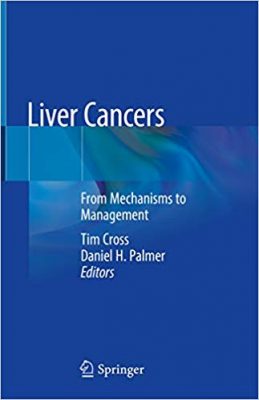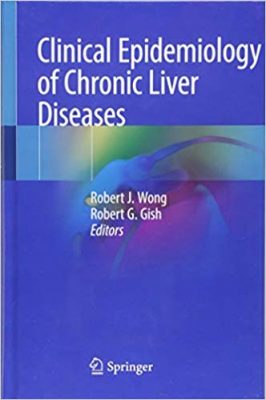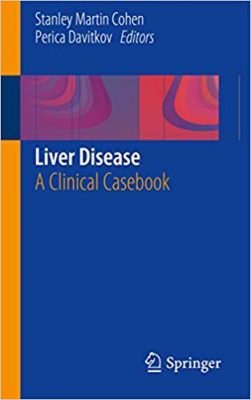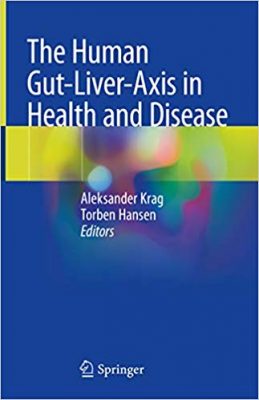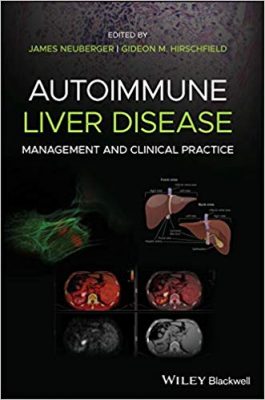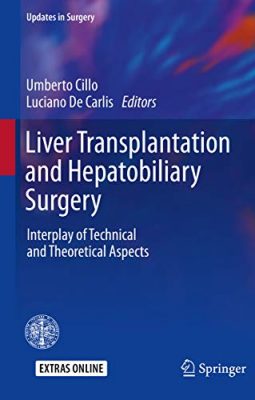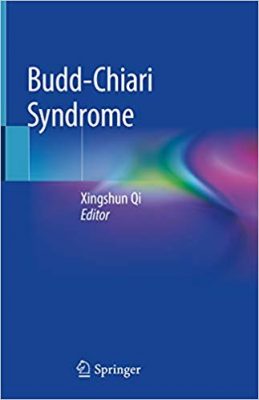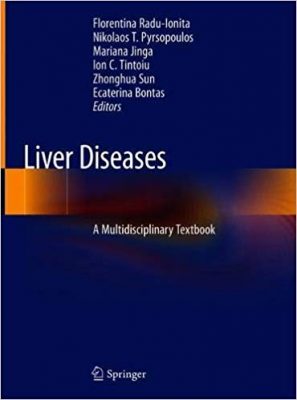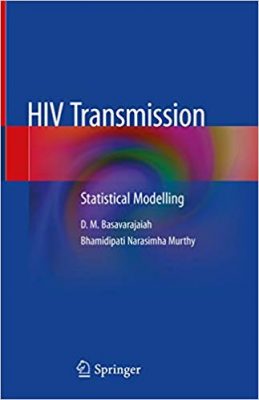3rd Edition

Portal Hypertension: Imaging, Diagnosis, and Endovascular Management 3rd Edition
Previously published by the Society for Interventional Radiology (SIR), this fully revised and updated third edition of Portal Hypertension: Imaging, Diagnosis, and Endovascular Management is the first volume in collaboration between Thieme and the SIR. Edited by Wael Saad and written by internationally recognized experts, this authoritative volume is a comprehensive guide to the diagnosis and interventional management of portal hypertension. A potentially serious condition, portal hypertension presents considerable clinical challenges due to the delicate nature of the impacted organs, veins, and vessels.
From pathophysiology to the latest state-of-the-art approaches, five major sections encompass diagnostic, medical, endoscopic, non-vascular, surgical, percutaneous, endovascular, and balloon-occluded methodologies, including indications, complications, and clinical trial results. Throughout this book’s 33 chapters, a Who’s Who of world-renowned interventional radiologists share clinical pearls and step-by-step procedural guidance.
Several techniques have undergone significant advances since the second edition was published, including Transjugular Intrahepatic Portosystemic Shunt (TIPS), Balloon-Occluded Retrograde Transvenous Obliteration (BRTO), Balloon-Occluded Antegrade Transvenous Obliteration (BATO), and variations on TIPS, and all these are featured herein.
Key Highlights
- Hepatic and portal venous anatomy relative to procedural approaches
- Nearly 250 figures elucidate anatomical structures and technical methodologies
- TIPS: patient selection, effects on kidney and liver function, hemodynamic changes, intravascular ultrasound guidance, Doppler surveillance, and utilization for Budd-Chiari Syndrome and liver transplantation
- TIPS clinical study outcomes for variceal bleeding, ascites, and hydrothorax
- BRTO and BATO techniques, clinical study outcomes, and utilization for gastric varices
- Management of mesenteric and portal vein stenosis, thrombosis, and hypersplenism
FOR MORE BOOKS VISIT EDOWNLOADS.ME
